What is Twitter Marketing? – Increase Your Audience, Advertise Products & Drive Traffic

Twitter marketing is a powerful strategy that allows businesses to engage with their target audience, build brand awareness, and drive conversions. With its fast-paced and concise nature, Twitter provides a unique platform for businesses to share updates, promotions, and valuable content in real-time. One of the key benefits of Twitter marketing is its ability to foster direct and immediate communication with customers. Through the use of hashtags, mentions, and retweets, businesses can effectively amplify their messages and reach a wider audience. Additionally, Twitter’s trending topics and search functionalities enable businesses to stay updated with the latest trends and conversations, allowing them to tailor their marketing efforts accordingly. By leveraging Twitter’s analytics and insights, businesses can gain valuable data on audience demographics, engagement rates, and content performance, enabling them to optimize their marketing strategies for maximum impact.
Various Types Of Twitter Marketing
Twitter marketing offers a dynamic and efficient way for businesses to connect with their audience, boost brand visibility, and achieve their marketing goals.
Content Marketing
Sharing valuable and engaging content, such as blog posts, articles, videos, and infographics, to attract and retain followers, build brand authority, and drive website traffic.
Influencer Marketing
Collaborating with influential individuals or industry experts on Twitter to promote products, services, or campaigns, leveraging their large following and influence to reach a broader audience.
Hashtag Campaigns
Creating and promoting branded hashtags to encourage user-generated content, increase brand visibility, and foster engagement among followers.
Twitter Ads
Running targeted advertising campaigns on Twitter to reach specific demographics, increase brand awareness, and drive website clicks or conversions.
Customer Service and Support
Using Twitter as a platform to provide customer support, address queries, and resolve issues promptly, demonstrating a commitment to customer satisfaction.
Live-Tweeting
Engaging in real-time conversations and sharing updates during events, conferences, webinars, or product launches, enabling businesses to connect with attendees and extend their reach to a wider audience.
Twitter Chats
Hosting or participating in Twitter chats focused on specific topics or industries, allowing businesses to engage with their target audience, share insights, and build relationships.
Trendjacking
Capitalizing on trending topics and popular conversations to create relevant and timely content that aligns with the interests of the Twitter community, increasing visibility and engagement.
Twitter Contests and Giveaways
Organizing contests or giveaways on Twitter to encourage user participation, increase follower count, and generate buzz around the brand or specific products/services.
Twitter Analytics and Insights
Utilizing Twitter’s analytics tools to measure the performance of tweets, track engagement rates, monitor follower growth, and gain insights to refine marketing strategies and achieve better results.
Who Can Use Twitter Marketing?
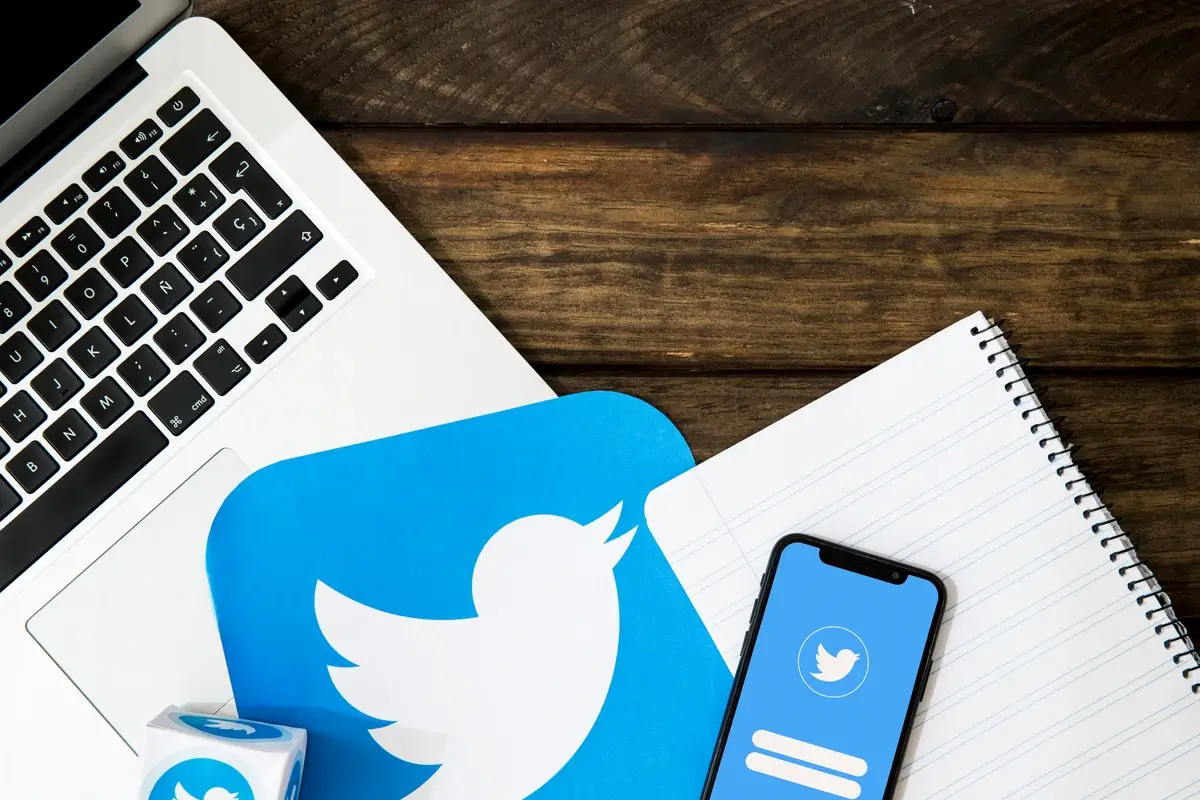
It can be used by a wide range of individuals and entities, including:
Businesses – Small, medium, and large businesses across various industries can leverage Twitter marketing to promote their products or services, engage with customers, drive website traffic, and increase brand visibility.
Entrepreneurs and Startups – Twitter provides a cost-effective and accessible platform for entrepreneurs and startups to build their brand presence, connect with their target audience, and establish themselves as industry leaders.
Content Creators – Bloggers, vloggers, podcasters, and other content creators can use Twitter marketing to share their content, expand their audience, collaborate with influencers, and drive traffic to their platforms.
Public Figures – Celebrities, politicians, authors, influencers, and other public figures can leverage Twitter to connect with fans, share updates, promote projects, and engage in meaningful conversations.
Event Organizers – Organizers of conferences, seminars, webinars, and other events can employ Twitter marketing to create buzz, share event details, facilitate attendee engagement, and encourage live-tweeting during the event.
Educational Institutions – Schools, colleges, and universities can utilize Twitter marketing to showcase their programs, share educational content, engage with students and alumni, and attract prospective students.
Government Agencies – Government entities can utilize Twitter marketing to disseminate important information, engage with citizens, address queries or concerns, and promote initiatives or campaigns.
E-commerce Businesses – Online retailers can use Twitter marketing to promote products, share discounts or offers, provide customer support, and drive traffic to their online stores.
Personal Branding – Individuals seeking to establish or enhance their personal brand can utilize Twitter marketing to share insights, engage with their target audience, and build a professional network.
Twitter Marketing – Essential Practices
Successful Twitter marketing requires consistent effort, active engagement, and a deep understanding of your target audience. By following these best practices, you can enhance your Twitter marketing efforts and drive meaningful results for your business or personal brand.
- Analyze and Refine – Utilize Twitter analytics to measure the performance of your tweets, track engagement metrics, and identify what resonates with your audience. Use this data to refine your strategy, optimize your content, and achieve better results.
- Monitor and Respond to Trends – Stay updated with current trends and join relevant conversations by using trending hashtags. Monitor industry news and events to participate in real-time discussions and showcase your brand’s relevance.
- Quality Content – Share valuable and informative content that resonates with your target audience. Provide insights, tips, industry news, and shareable content to establish your expertise and build credibility.
- Consistent Posting Schedule – Maintain a regular posting schedule to stay visible and keep your audience engaged. Experiment with different posting times to determine when your audience is most active and responsive.
- Visual Content – Tweets with images, videos, or GIFs tend to attract more attention and engagement. Include visual content whenever possible to make your tweets more visually appealing and shareable.
- Use Hashtags Strategically – Incorporate relevant hashtags in your tweets to increase their visibility and reach. Research popular hashtags in your industry and use them appropriately to join relevant conversations and gain exposure.
- Engage with Your Audience – Actively engage with your followers by responding to mentions, comments, and direct messages. Show appreciation for mentions or retweets, and participate in conversations to foster relationships and build a loyal community.
- Consistent Branding – Maintain consistent branding across your profile by using your logo, brand colors, and consistent messaging in your tweets. This helps reinforce your brand identity and makes your tweets easily recognizable.
- Optimize Your Profile – Create a compelling Twitter profile that represents your brand effectively. Use a professional profile picture, write a concise and engaging bio, and include relevant links to your website or other social media platforms.
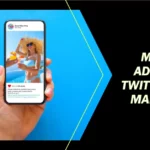
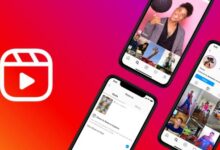
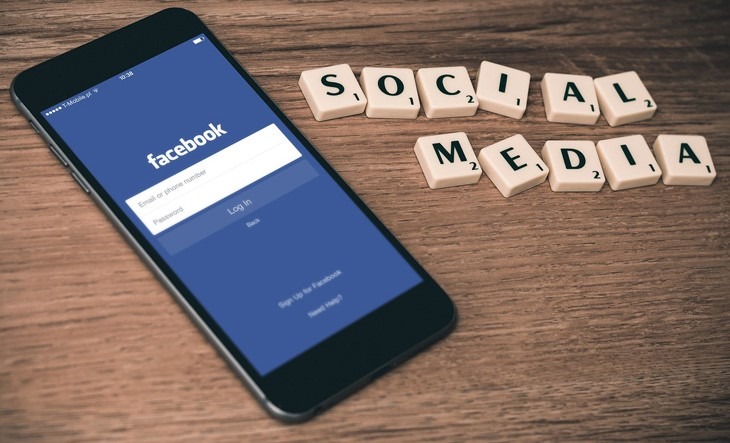
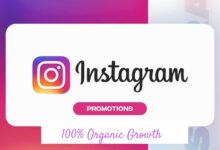
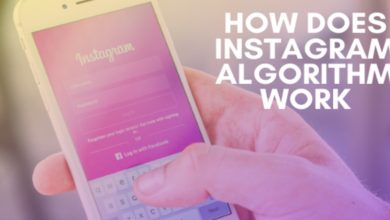
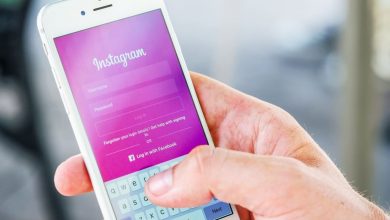
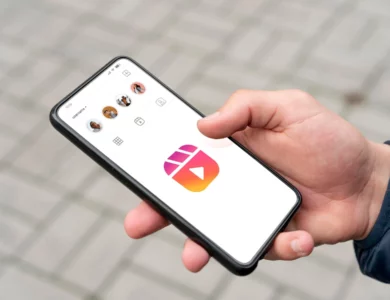
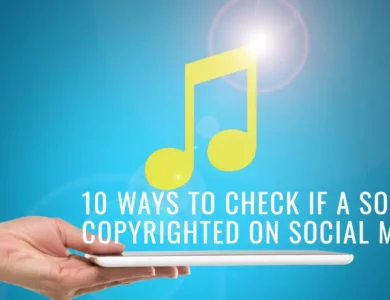
Nice Information. Thanks for sharing.